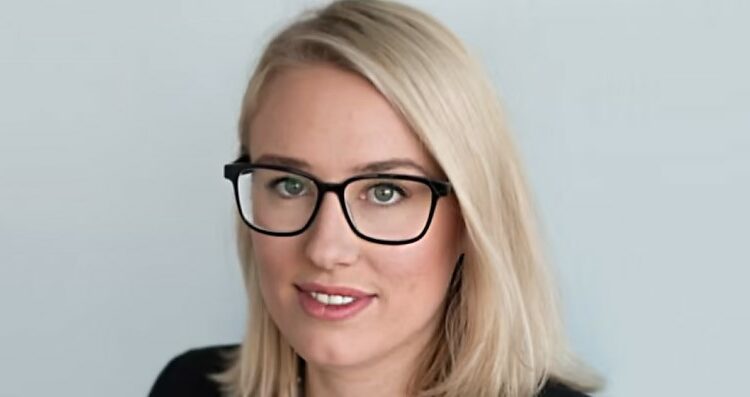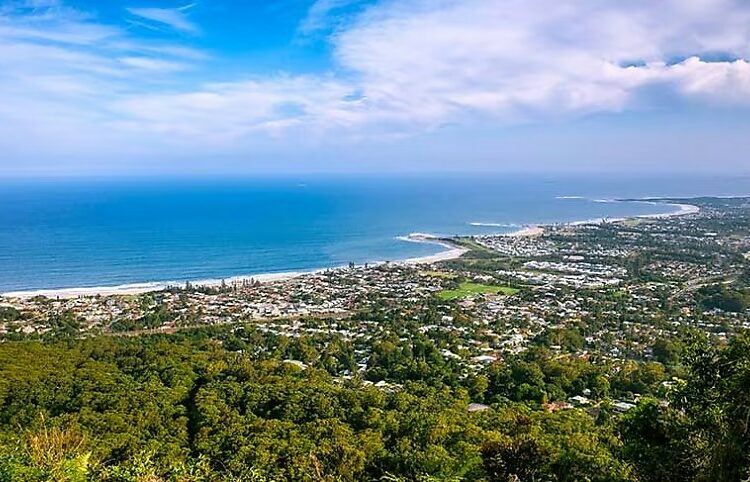It’s not all bad news for Australia’s property markets — even if a recession does rear its head.
Hello Haus founder Scott Aggett has crunched the numbers on suburbs set to not only hold their value in the face of economic headwinds, but increase, even if worst-case predictions come to fruition.
“There are some dire predictions doing the rounds,” he conceded.
“While my own view is the economy is far more robust than some analysts would have us believe, defensive property purchasing in times of uncertainty remains a smart strategy.”
“By selecting the right location and asset, you will hedge against any inflation and enjoy superior returns,” Mr Aggett advised.
He acknowledged that the right location and asset can mean different things to people: “The Australian property market comprises myriad locations, price points and property types.”
“So, while overall values are down, there will be areas where the right investment will continue to make excellent returns, whether it be for a home owner or investor.”
With a number of locations ready to weather the storm, Hello Haus has compiled a list of “recession-proof locations”, broken into three different price categories and taking into account home owner and tenant ratios, low median days on market, and “qualitative key fundamentals”.
“All the areas we’ve chosen are within a reasonable commute of a capital city or major population centre,” Mr Aggett raised.
“We also sought locations where infrastructure spending would help drive the demand for property and inject dollars into the local economy.”
A compound annual growth rate of more than 6 per cent was required — as was vacancy rates and gross rental yields.
As explained by the founder, “For investors, it’s key to also choose areas with a vacancy rate below 2.5 per cent and a gross median rental yield of more than three per cent for properties under $1.5 million.”
“For properties over $1.5 million, the focus shifts to capital growth while maintaining a reasonable level of cash flow with a gross rental yield greater than 2 per cent. Furthermore, in the $1.5 million to $2.5 million category, an investor needs to focus on key asset selection as they want to invest in locations with a high degree of scarcity and low levels of future supply risk,” he detailed.
Without further ado, here are the nine “recession-proof suburbs” handpicked by the property adviser.
- Banksia Park, South Australia
Median house price: $654,500
Gross yield: 3.57 per cent
Rental vacancy rate: 0.81 per cent
Days on market: 25
10-year compound growth rate: 7.10 per cent
- East Toowoomba, Queensland
Median house price: $727,200
Gross yield: 3.54 per cent
Rental vacancy rate: 1.2 per cent
Days on market: 42
10-year compound growth rate: 6.45 per cent
- East Albury, NSW
Median house price: $699,000
Gross yield: 3.53 per cent
Rental vacancy rate: 1.73 per cent
Days on market: 31
10-year compound growth rate: 8.5 per cent
- Burleigh Waters, Queensland
Median house price: $1.4 million
Gross yield: 3.53 per cent
Rental vacancy rate: 1.09 per cent
Days on market: 47
10-year compound growth rate: 11.5 per cent
- Thornlands, Queensland
Median house price: $850,000
Gross yield: 3.67 per cent
Rental vacancy rate: 1.7 per cent
Days on market: 25
10-year compound growth rate: 6.8 per cent
- Reedy Creek, Queensland
Median house price: $1.305 million
Gross yield: 3.86 per cent
Rental vacancy rate: 0.95 per cent
Days on market: 39
10-year compound growth rate: 11.25 per cent
- Leichardt, NSW
Median house price: $1.725 million
Gross yield: 2.50 per cent
Rental vacancy rate: 1.03 per cent
Days on market: 24
10-year compound growth rate: 7.3 per cent
- Bulli, NSW
Median house price: $1.58 million
Gross yield: 2.73 per cent
Rental vacancy rate: 1.13 per cent
Days on market: 25
10-year compound growth rate: 11 per cent
- Lilyfield, NSW
Median house price: $2.116,650
Gross yield: 2.21 per cent
Rental vacancy rate: 1.03 per cent
Days on market: 25
10-year compound growth rate: 8.5 per cent


